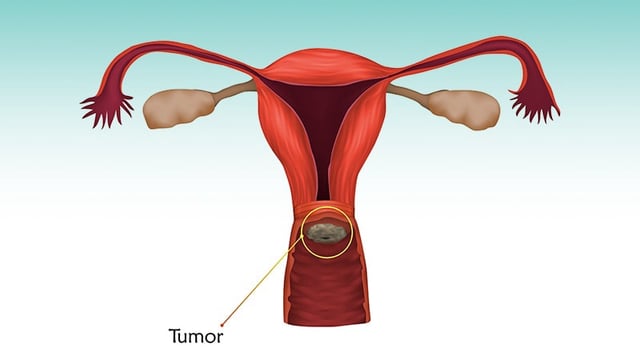Overview
- Researchers compared age-adjusted cervical cancer incidence and mortality from 2016 to 2021 in 1,086 counties using SEER-22 registry and National Center for Health Statistics data.
- Counties with screening coverage under 70% in at least two periods saw 83% higher overall incidence, 84% more distant-stage cases and 96% higher death rates than counties with 80% or greater coverage.
- Nearly 87% of low-screening counties were rural with median household incomes below $75,000, and many clusters appeared in Texas, Idaho and New Mexico.
- The ecological design depended on self-reported screening measures, lacked individual registry data and did not adjust for county-level sociodemographic factors.
- Authors urge expansion of targeted outreach and deployment of mobile health units to improve screening access and reduce disparities in underserved areas.

